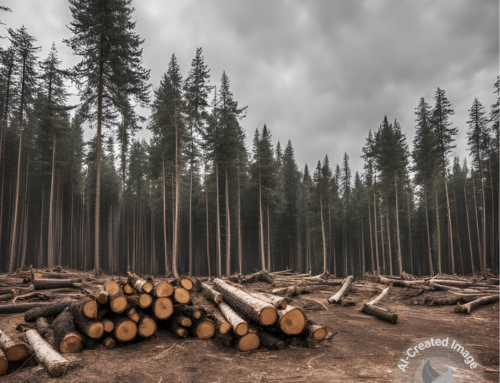An explainer video explains who you are and what you do in simple and clear yet engaging language. Explainers can also cover concepts, problems and programs.
I recommend one of two different approaches to explainer videos when organizations are trying to explain their missions:
- The Problem and Solution. In this type of explainer, you lay out the problem, then talk about your solution with the hows and whys. You close by inviting people to be a part of that solution.
- The Path to Change. In this type of explainer, you talk more about the process that you work through to create change.
Feeding America has explainer videos for both models.
In the “Feeding America: Ending Childhood Hunger” video, which follows the problem and solution approach, they cover the problem in the first 45 seconds of the video, which is just under 2 minutes total.
They start big picture: kids need to be kids, but hunger gets in the way. They use a stat: 1 in 6 children face hunger, despite their families working hard. And they lay out the long-term impact: hungry children can’t focus and that has long-term consequences.
At this point, they pivot to some of the solutions, like free and reduced-price lunch at school. But then we get the Big Question: What happens to hungry kids outside of school?
That’s where the Feeding America network of food banks comes in, and where the video shifts to solution mode.
For the next thirty seconds or so, we hear about solutions like backpack programs, kids cafes, and traditional food pantries. We learn that solutions like these reach 12 million children each year.
At the end, we hear kids saying Thank You and about the various roles we can play to end hunger, including donating, volunteering, and advocating.
In the second video, “How We Work – Feeding America,” they use the Path the Change explainer model.
In this video, we get the big problem first: 1 in 8 people struggle with hunger. For a family experiencing hunger, every meal matters.
The video then starts the path: One meal for a family that came from a food pantry. But then it traces that meal even further back to the food bank. And before that, it was an act of kindness like a donation or an hour of volunteer time.
And who performs those acts of kindness? Businesses, farmers, government agencies and people like you!
It wraps up by reaffirming that these small acts really do add up and that together, we can solve hunger.
If you don’t have an explainer video, these are two great models to follow. If you do, share your link in the comments!






